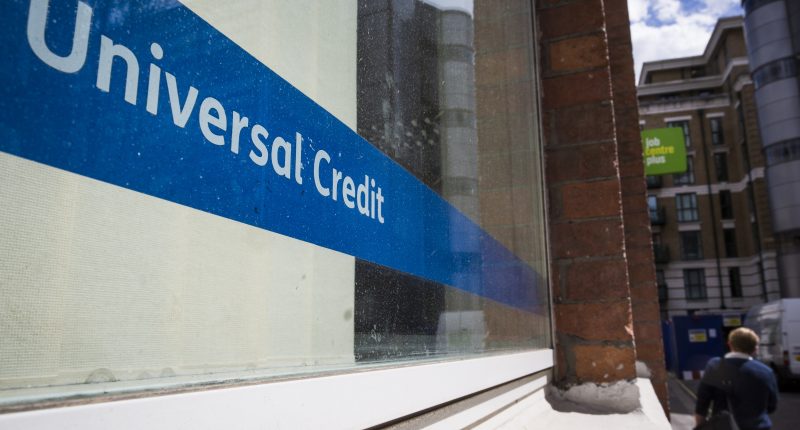MILLIONS of households on Universal Credit will see a major change to their payments in days.
Claimants will finally begin to receive their uprated payments after benefit rates increased in April.
Universal Credit payment rates grew by 6.7% on April 8, in line with the consumer price index (CPI) level of inflation for September 2023.
However, while the new rates become immediately effective, claimants won’t start seeing their payments rise until later this month.
Those on Universal Credit must wait a bit longer to receive the uprating because of how the benefit is assessed.
It means that the date you’ll receive the pay boost will depend on when your last assessment period was.
Read more in money
Universal Credit is paid monthly based on your circumstances.
This is called your “assessment period” and it starts the day you make your claim.
The new Universal Credit rates will not come into effect until after the first full one-month assessment period, which starts on or after April 8.
It means that those whose assessment periods started before April 8 will see the benefits begin to rise from Tuesday, May 14.
Most read in Money
However, those whose assessment period started after this date might not see their boosted payments until June 13.
Here’s a full list of the new benefit rates for 2024-25 so you can check how much extra you might get.
Universal Credit
Standard allowance (per month)
- For those single and aged under 25, the standard allowance will rise from £292.11 to £311.68
- For those single and aged 25 or over, the standard allowance will rise from £368.74 to £393.45
- For joint claimants both under 25, the standard allowance will rise from £458.51 to £489.23
- For joint claimants where one or both are 25 or over, the standard allowance will rise from £578.82 to £617.6
Extra amounts for children
- For those with a first child born before April 6, 2017, the extra amount will go up from £315 to £333.33
- For those with a child born on or after April 6, 2017 or second child and subsequent child, the extra amount will go up from £269.58 to £287.92
- For those with a disabled child, the lower rate addition payment will rise from £146.31 to £156.11 and the higher rate from £456.89 to £487.58
Extra amounts for limited capability for work
- For those deemed to have limited capability for work, the extra amount will go up from £146.31 to £156.11
- For those deemed to have limited capability for work or work-related activity, the extra amount will go up from £390.06 to £416.19
Extra amounts for being a carer
Universal Credit claimants can get an additional amount if caring for a severely disabled person for at least 35 hours a week.
The amount you get a month will rise from £185.86 to
The amount you get a month will rise from £185.86 to £198.31
The work allowance rates will also rise in April next year.
READ MORE SUN STORIES
Increased work allowance
- The higher work allowance (no housing amount) for someone claiming Universal Credit with one or more dependent children or limited capability for work will rise from £631 to £673
- The lower work allowance for someone claiming Universal Credit with one or more dependent children or limited capability for work will rise from £379 to £404
Are you missing out on benefits?
YOU can use a benefits calculator to help check that you are not missing out on money you are entitled to
Charity Turn2Us’ benefits calculator works out what you could get.
Entitledto’s free calculator determines whether you qualify for various benefits, tax credit and Universal Credit.
MoneySavingExpert.com and charity StepChange both have benefits tools powered by Entitledto’s data.
You can use Policy in Practice’s calculator to determine which benefits you could receive and how much cash you’ll have left over each month after paying for housing costs.
Your exact entitlement will only be clear when you make a claim, but calculators can indicate what you might be eligible for.










